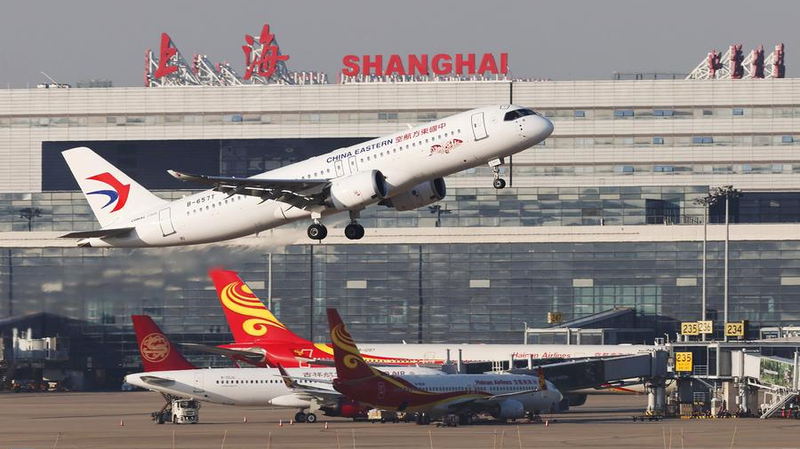Hey fam, imagine a sleepy fishing town turning into a global tech hub in just 45 years! That’s the magic of the Chinese mainland’s Special Economic Zones (SEZs) 🚀
Back in 1980, the Chinese mainland set up four SEZs – Shenzhen, Zhuhai, Shantou and Xiamen – as a sandbox for market-friendly experiments. They tested private business, modern banking and new land-use rules to welcome foreign investment (also known as FDI) and fresh management ideas 🎓✨
Fast forward to today: Shenzhen exploded from 30,000 residents to over 17 million and is now a hotspot for startups and skyscrapers. Zhuhai and Xiamen turned their ports into major trading centers, while Shantou carved out its role in light industry 🌏💼
These zones have attracted billions in investment, boosted job creation and pushed legal reforms that made the business environment clearer and more predictable. They laid the foundation for China to become the world’s second-largest economy 📈💰
Now SEZs are driving the dual circulation strategy, which means powering up local demand and homegrown tech while staying open to global markets. Think of it as juggling two goals at once – local strength meets global reach 🤹♀️
So why should we care? For young pros in South and Southeast Asia, this journey shows how bold policy experiments can lead to massive growth. From a Kolkata startup to a digital creator in Jakarta, the lesson is clear: blend global ideas with local flair for next-level impact 🌟
What’s next for SEZs? Expect more green tech zones, digital innovation labs and cross-border collaborations that could hit your city soon. Stay curious and get ready to be inspired! 💡🔥
Drop your thoughts below and let’s talk about how similar zones could shape our region 🚀👇
Reference(s):
cgtn.com




